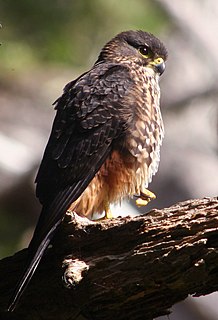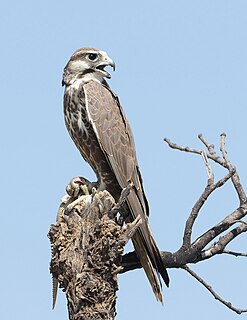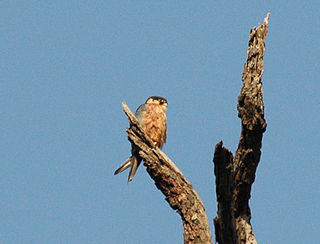Signatories and countries covered
As of late 2015, there were fifty-two signatories to the agreement: Angola, Armenia, Belgium, Burundi, Chad, Congo (Brazzaville), the Czech Republic, the Democratic Republic of the Congo (Kinshasa), Denmark, Djibouti, Egypt, Equatorial Guinea, the European Union, Finland, France, Gambia, Germany, Ghana, Guinea, Hungary, Iran, Italy, Kenya, Lebanon, Libya, Luxembourg, Madagascar, Mali, Monaco, Mongolia, Morocco, Nepal, Netherlands, Niger, Norway, Pakistan, Portugal, Romania, Senegal, Slovakia, Somalia, South Africa, Spain, Sudan, Sweden, Switzerland, Syria, Togo, Tunisia, the United Arab Emirates, the United Kingdom, and Yemen. [10] India (54th member) signed this MoU on 9 March 2016. [11]
Other countries where species covered by the agreement occur include: Afghanistan, Albania, Algeria, Andorra, Austria, Azerbaijan, Bahrain, Bangladesh, Belarus, Benin, Bhutan, Bosnia and Herzegovina, Botswana, Bulgaria, Burkina Faso, Cabo Verde, Cameroon, the Central African Republic, China, Comoros, Côte d'Ivoire, Croatia, Cyprus, Eritrea, Estonia, Ethiopia, Gabon, Georgia, Greece, Guinea-Bissau, Iceland, India, Iraq, Ireland, Israel, Jordan, Kazakhstan, Kuwait, Kyrgyzstan, Latvia, Lesotho, Liberia, Liechtenstein, Lithuania, Malawi, Malta, Mauritania, Mauritius, Montenegro, Mozambique, Namibia, Nigeria, Oman, Poland, Qatar, the Republic of Moldova, the Russian Federation, Rwanda, San Marino, São Tomé and Príncipe, Saudi Arabia, Serbia, Seychelles, Sierra Leone, Slovenia, South Sudan, Sri Lanka, Swaziland, Tajikistan, Macedonia, Turkey, Turkmenistan, Uganda, Ukraine, Tanzania, Uzbekistan, Zambia and Zimbabwe. [10]

















